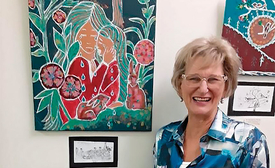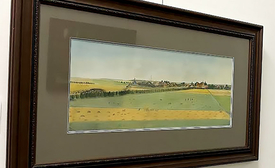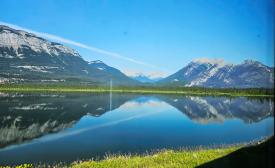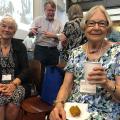Art gallery nurtures connections with the past
An art gallery lines the hallway between the sanctuary and the auditorium of the Niagara United Mennonite Church near Niagara-on-the-Lake, Ontario. The art hanging there reminds viewers of God’s guidance through difficult times, including separation, loss and escape.










